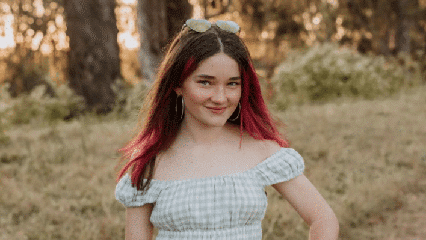Goal directed training (GDT) therapy is an evidence-based intensive therapy for people with cerebral palsy and similar disabilities of all ages and GMFCS levels.
GDT is used to improve individuals’ everyday independence and overall functional performance. It works very well for:
There are usually four parts to GDT.
Depending on the goal, the client may work with a physiotherapist (PT), exercise physiologist (EP), occupational therapist (OT) or speech pathologist (SP).
A GDT program happens over several months, studies show that clients need between 14-25 hours plus lots of regular practise for each goal they have.
"*" indicates required fields
We will respond as soon as possible, between Monday-Friday 9:00am - 5:00pm



Novak et al. State of the Evidence Traffic Lights 2019: Systematic Review of Interventions for Preventing and Treating Children with Cerebral Palsy. Curr Neurol Neurosci Rep. 2020 Feb 21;20(2):3. doi:10.1007/s11910-020-1022-z. PMID: 32086598; PMCID: PMC7035308.
Mastos et al. Goal-directed training: linking theories of treatment to clinical practice for improved functional activities in daily life. Clin Rehabil. 2007 Jan;21(1):47-55. doi: